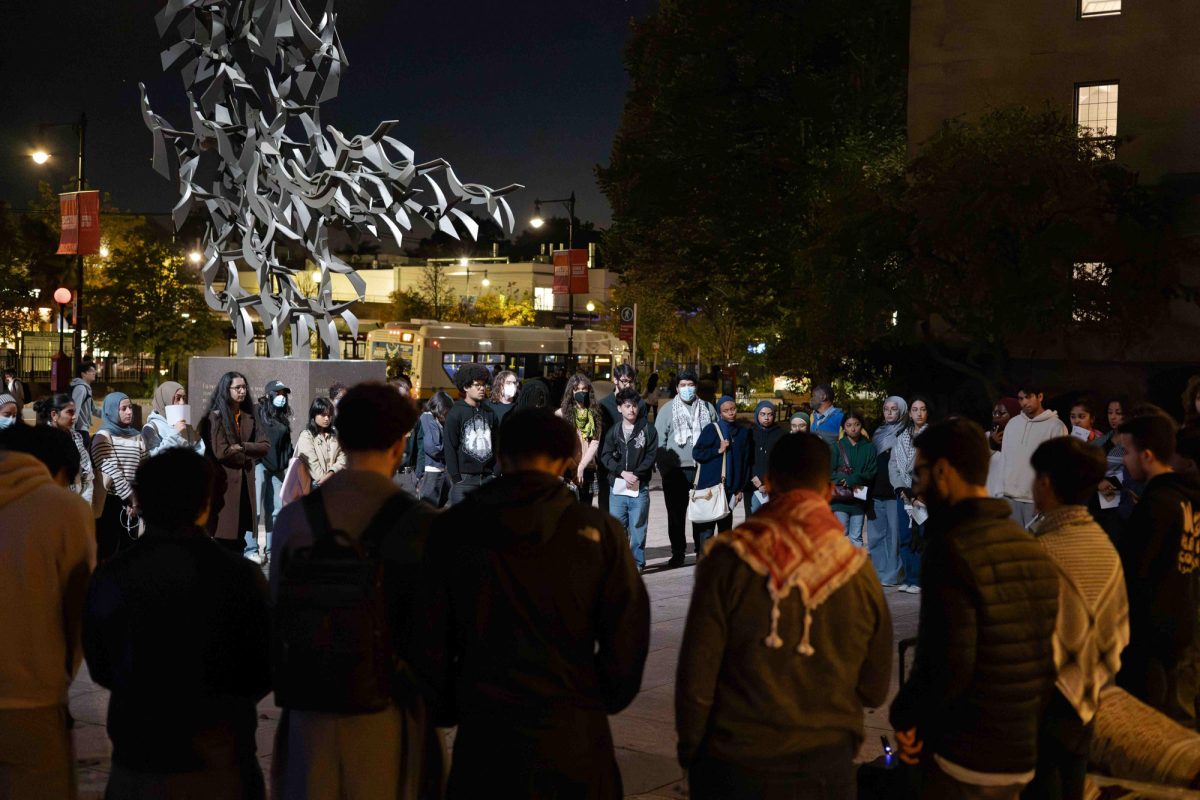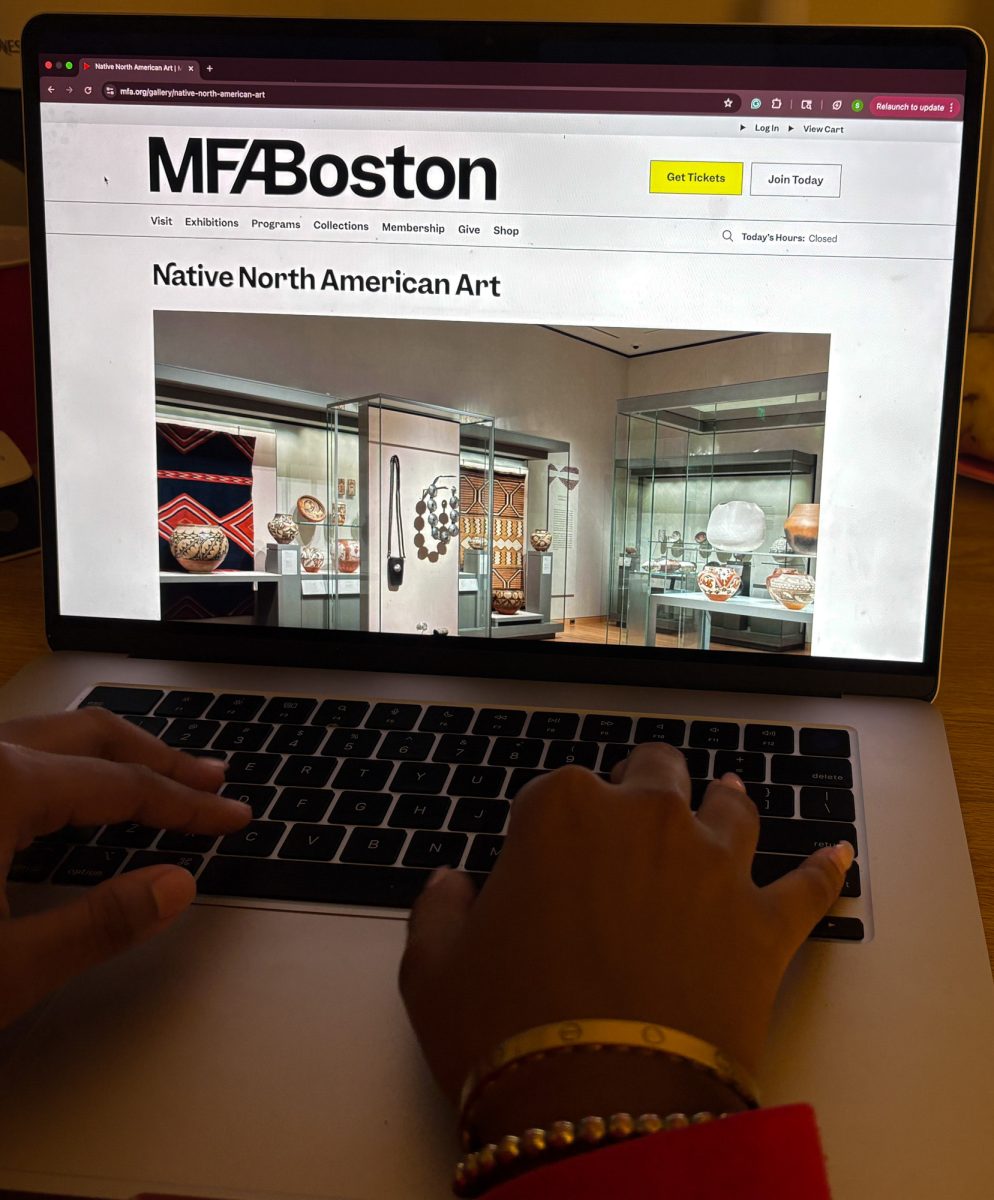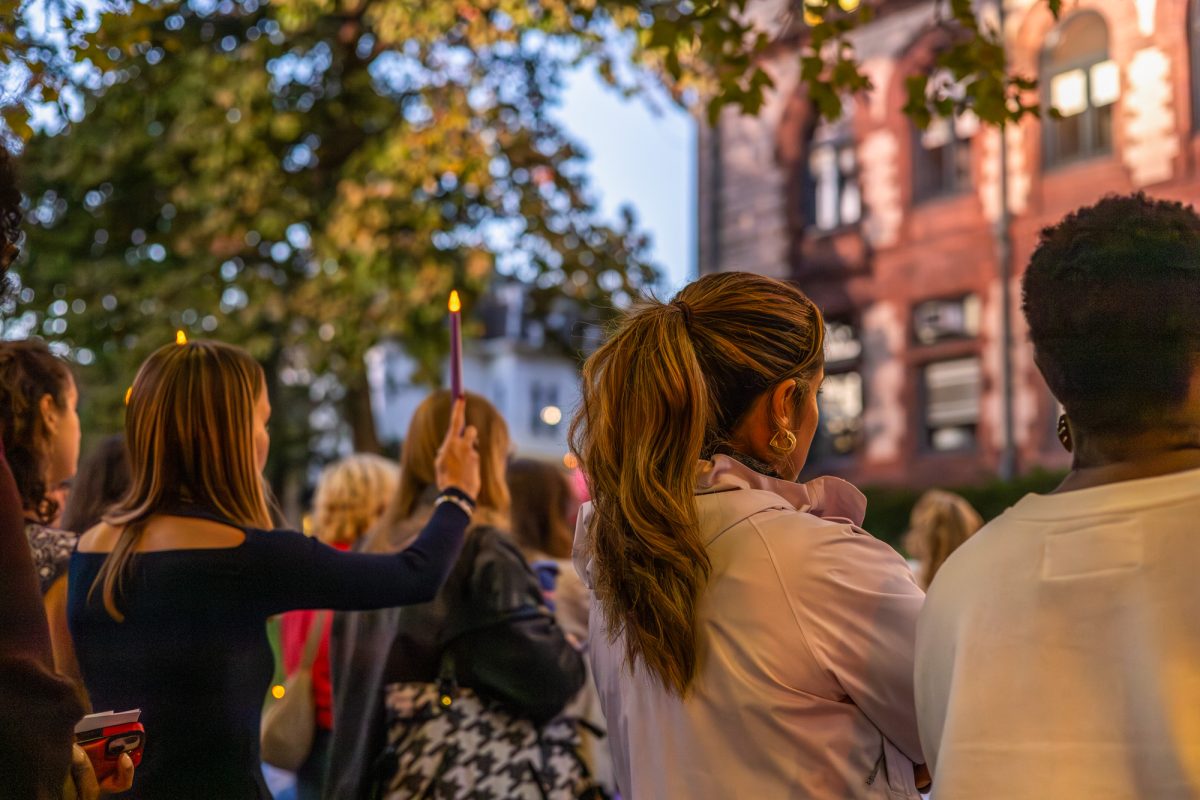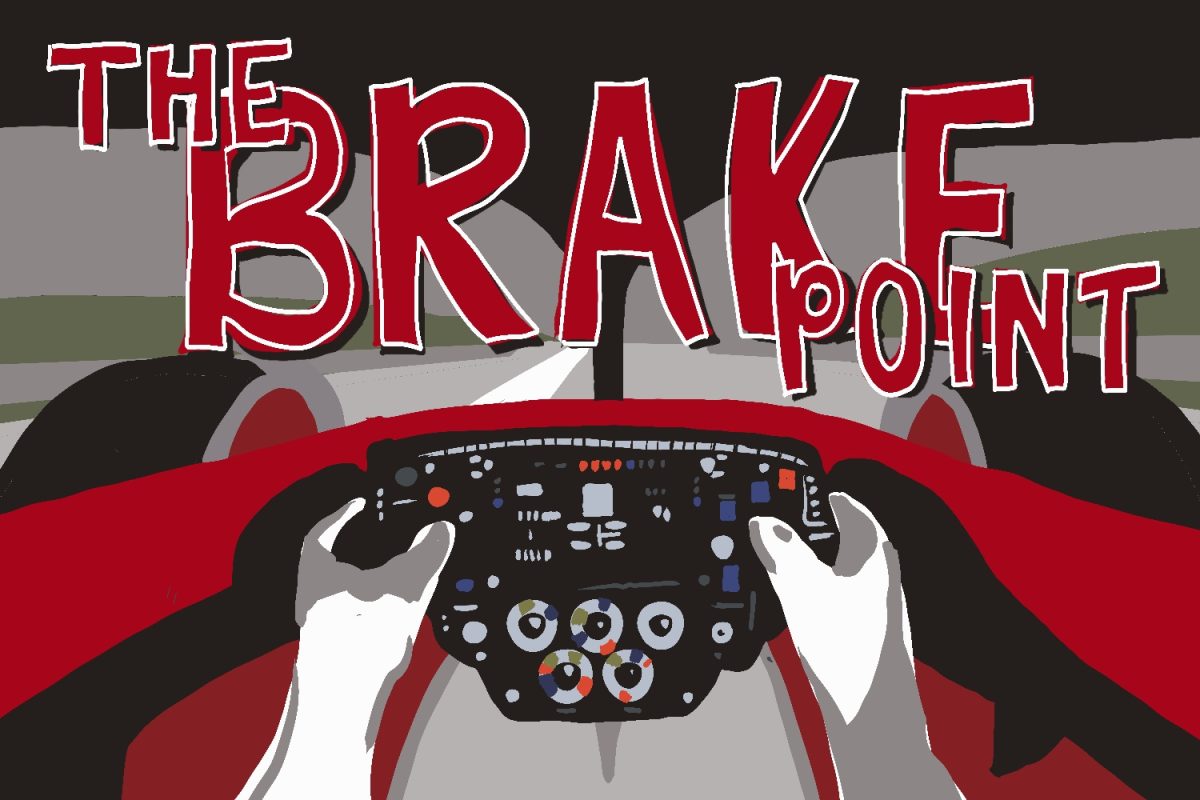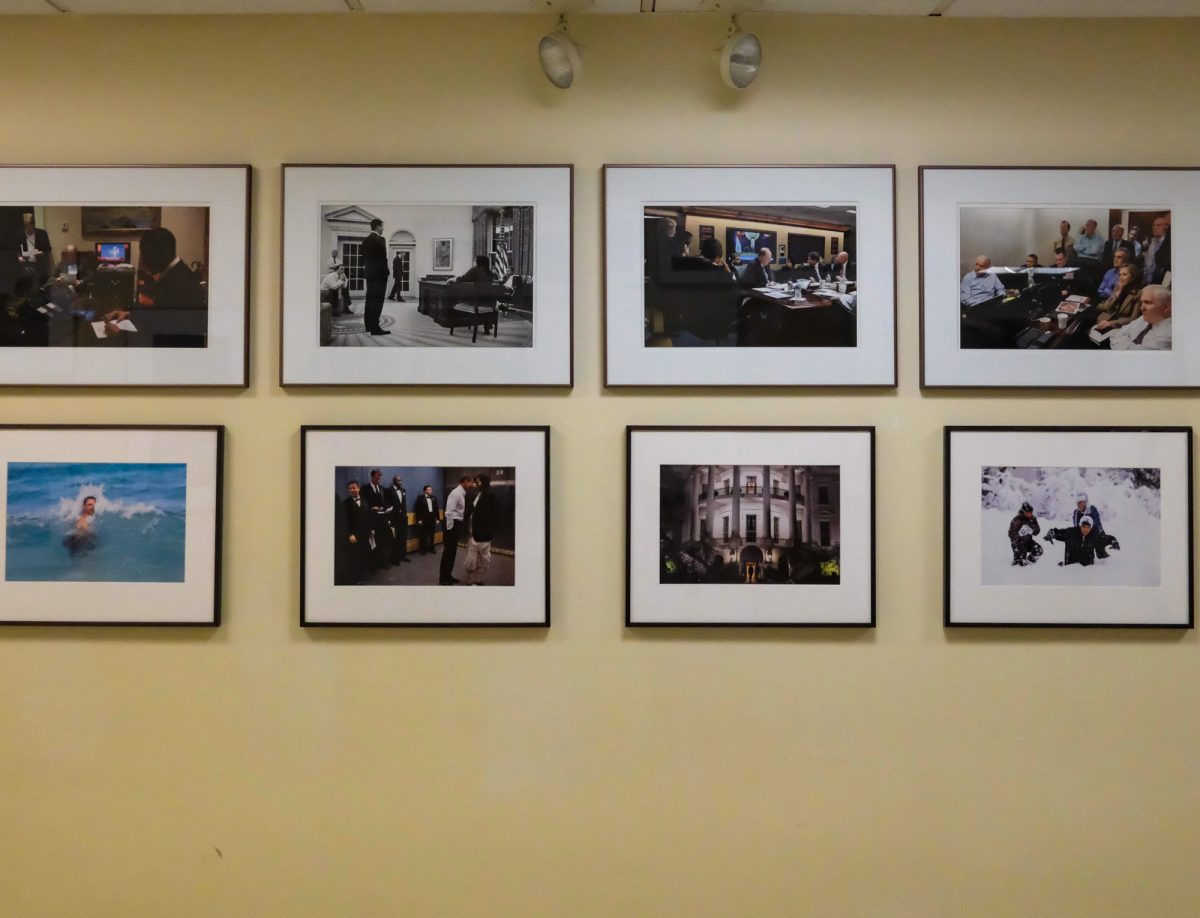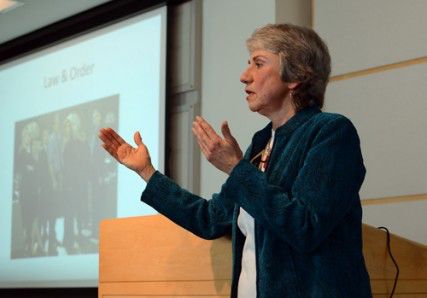
Despite slowly moving toward an equal distribution between women and men, women remain underrepresented on television and are still objectified, giving young girls “a false image of what beauty is,” a University of Delaware professor said at the College of Communication on Monday.
Despite improvements over the past few years, the female role in television is still unsatisfactory, professor Nancy Signorielli said.
“One of the most consistent findings we’ve had is that women are underrepresented.”
The statistics have shifted from a 70 percent male to 30 percent female split in the 1970s to a 60 to 40 percent split today, according to Signorielli. She said she considers this shift, while positive, to be far from an ideal ratio.
Signorielli’s research shows a steep rise in the number of women presented in positions of power.
While programs near the beginning of her research tended to show women relegated to housewife roles, with only a few programs such as “The Mary Tyler Moore Show” bucking the trend, the number of professional and white collar women on television now far outnumbers those in traditional roles.
Today’s portrayal of women is often over-sexualized, Signorielli said
“Part of the problem with the overly skinny image is that most women are not sticks,” Signorielli said. “This hurts young girls. They all want to be sexy. We have this in our society.”
While the female gender is continually over-sexualized on television, the biggest contemporary issue with the medium is race, Signorielli said.
While the number of minority characters has been a steadily increasing over the years, Caucasian characters still make up 80 percent of those depicted, Signorielli said.
African American characters, which comprise about 12 percent, only have such a high percentage due to the popularity of sitcoms featuring solely African-American figures.
“This under-representation of minorities is the most dangerous thing going on with television right now,” Signorielli said.
Despite her issues with some of the content, Signorielli said she still has a great love for television.
“I’ve always been fascinated by it,” Signorielli said. “As a parent, you need to be aware of what your kids are watching, but with proper mediation it’s a wonderful thing. I certainly couldn’t make it my life’s work if I didn’t find it so interesting.”
Signorielli’s exploration of the medium began with her work with George Gerbner, who in 1968 was given government funding to establish the Cultural Indicators Research Project to explore whether violent images on television increased violence in its audience.
Signorielli continues her research, assessing a variety of popular television programs to find shifts in the way they portray different people.







